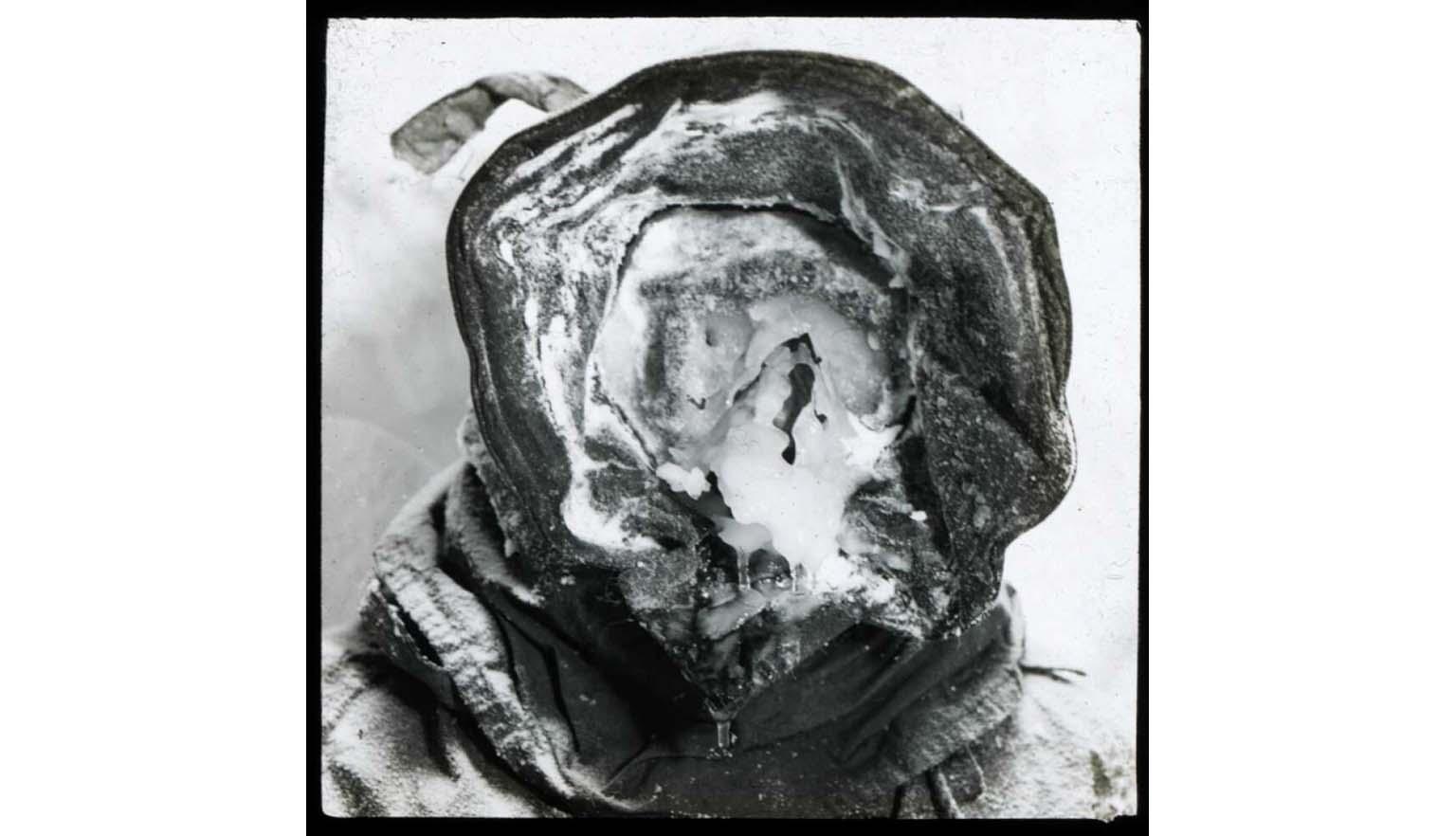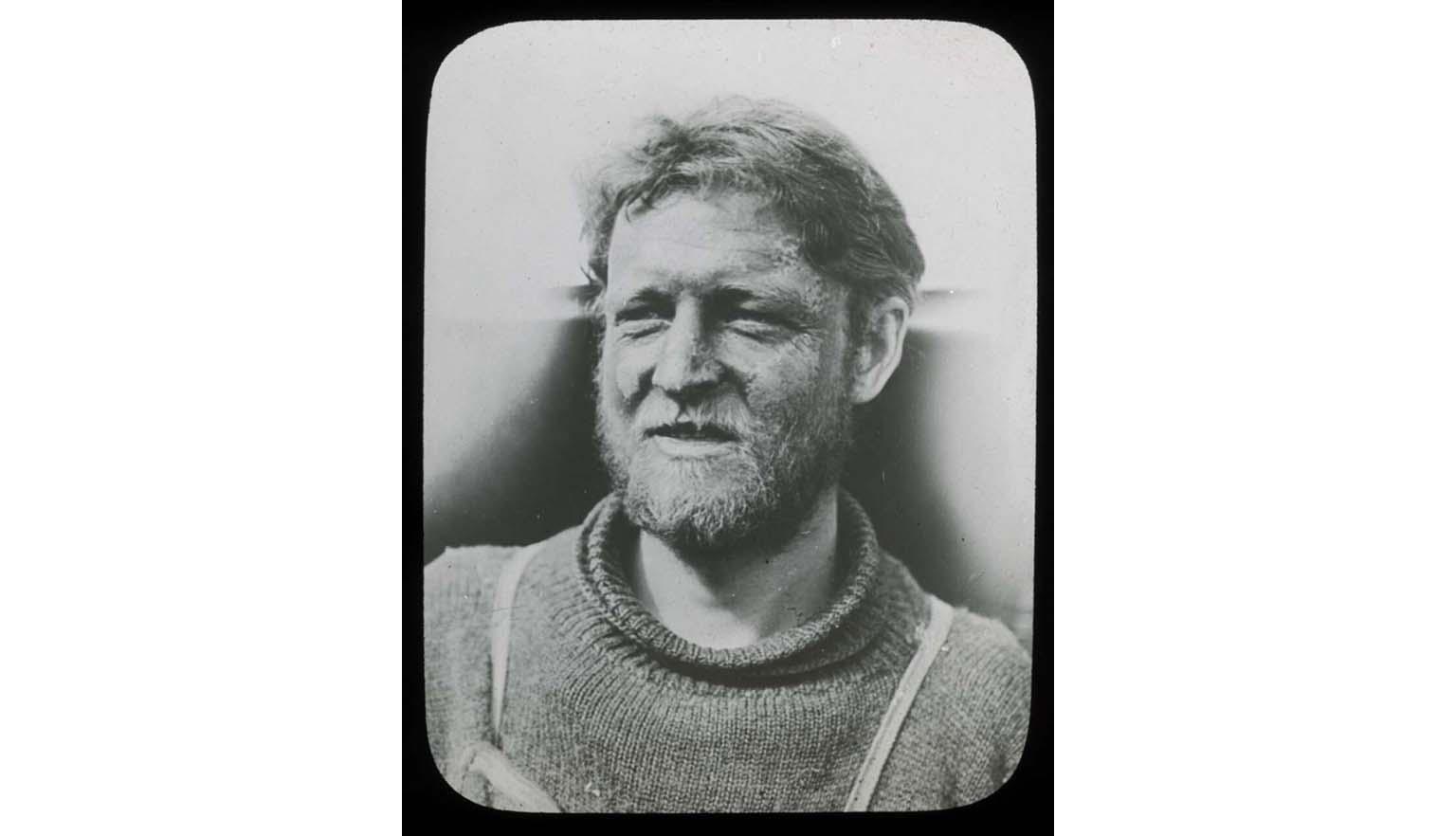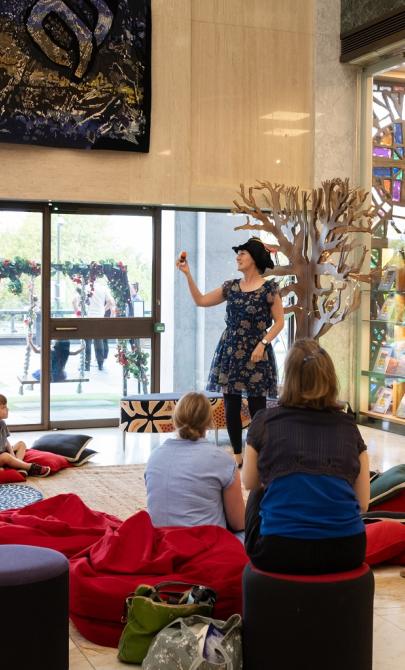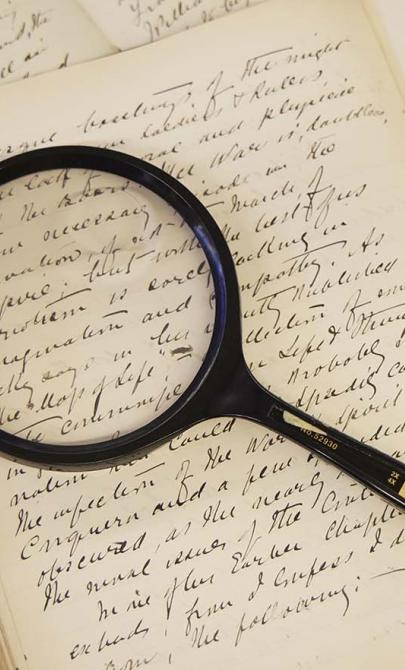Exploring weather
Weather and blizzards in Antarctica
Antarctica has been explored by meteorologists since the early 1900s. Blizzards are common in the region. Cecil Madigan was photographed by Frank Hurley both before and after a blizzard—notice the build-up of ice on his mask. Adventurers and documentary photographers like Madigan and Hurley helped scientists understand how blizzards form.
In freezing conditions, strong winds can cause suffocation from blown dry snow. Whiteouts create dangerous situations, and the wind chill factor can make the air feel much colder than the measured temperature. Antarctic winds are sometimes called ‘katabatic’.
Learning activities
Activity 1: Brrrr! – Science in Antarctica
Have students explore how scientists currently work in Antarctica. They should investigate:
- modern techniques used to measure blizzards
- the lowest recorded temperatures at the North and South poles
- why halos form from ice crystals, including circles around the sun or moon and parhelia (also known as sundogs), and why some halos are unique to Antarctica
- the difference between katabatic and anabatic winds
Activity 2: Blown away – Understanding wind
Discuss how wind is created and ways to measure it, using Australia’s Wild Weird Wonderful Weather pages 28 to 29 if available.
Have students:
- make a windsock or windvane to use in the schoolyard to observe wind direction
- research the Beaufort Scale and what each level represents
- create a poster featuring drawings and diagrams illustrating each level on the Beaufort Scale





